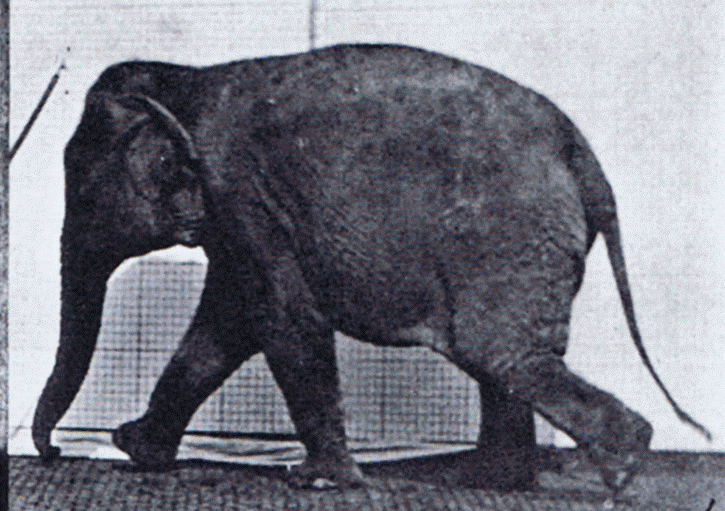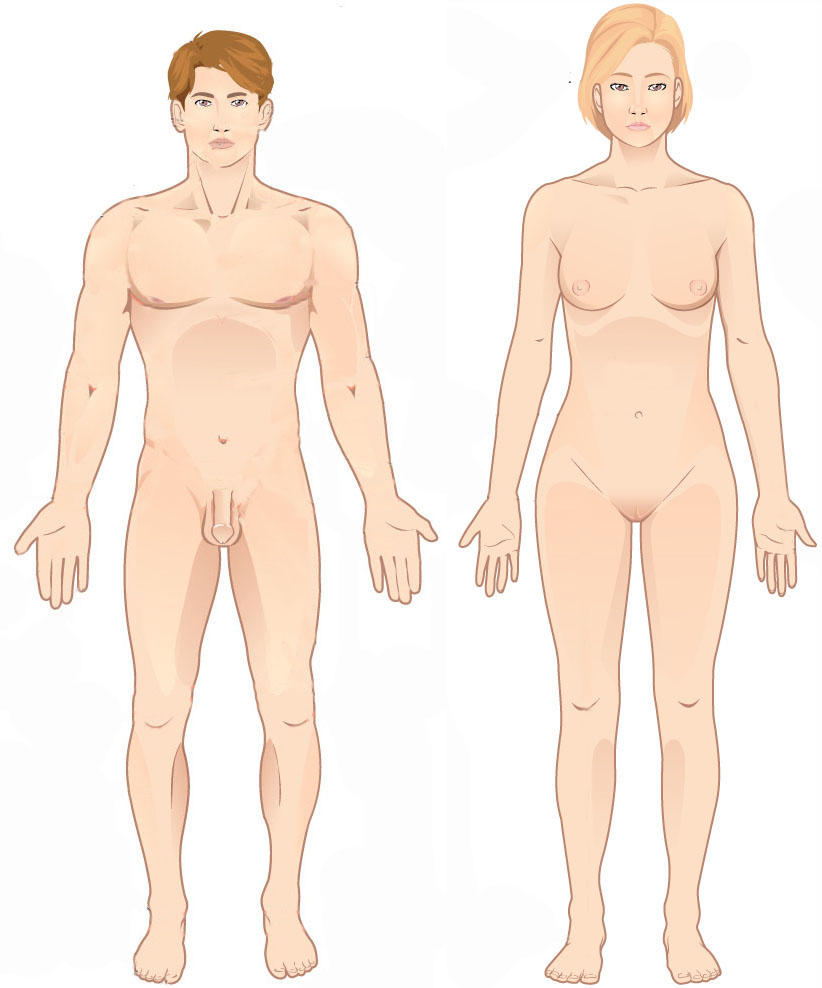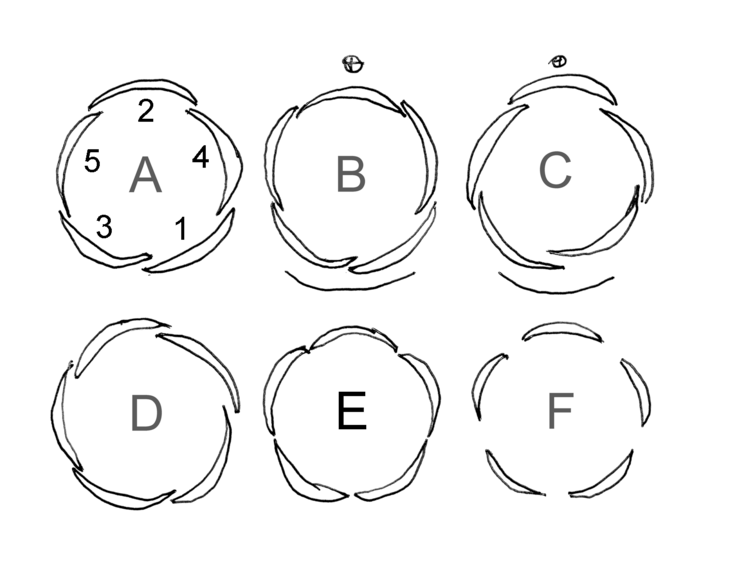|
Hawksbill Turtle
The hawksbill sea turtle (''Eretmochelys imbricata'') is a critically endangered sea turtle belonging to the family Cheloniidae. It is the only extant species in the genus ''Eretmochelys''. The species has a global distribution that is largely limited to tropical and subtropical marine and estuary ecosystems. The appearance of the hawksbill is similar to that of other marine turtles. In general, it has a flattened body shape, a protective carapace, and flipper-like limbs, adapted for swimming in the open ocean. ''E. imbricata'' is easily distinguished from other sea turtles by its sharp, curving beak with prominent tomium, and the saw-like appearance of its shell margins. Hawksbill shells slightly change colors, depending on water temperature. While this turtle lives part of its life in the open ocean, it spends more time in shallow lagoons and coral reefs. The World Conservation Union, primarily as a result of human fishing practices, classifies ''E. imbricata'' as critica ... [...More Info...] [...Related Items...] OR: [Wikipedia] [Google] [Baidu] |
Leopold Fitzinger
Leopold Joseph Franz Johann Fitzinger (13 April 1802 – 20 September 1884) was an Austrian zoologist. Fitzinger was born in Vienna and studied botany at the University of Vienna under Nikolaus Joseph von Jacquin. He worked at the Vienna Naturhistorisches Museum between 1817, when he joined as a volunteer assistant, and 1821, when he left to become secretary to the provincial legislature of Lower Austria; after a hiatus, he was appointed assistant curator in 1844 and remained at the Naturhistorisches Museum until 1861. Later, he became director of the zoos of Munich and Budapest. In 1826, he published ''Neue Classification der Reptilien'', based partly on the work of his friends Friedrich Wilhelm Hemprich and Heinrich Boie. In 1843, he published ''Systema Reptilium'', covering geckos, chameleons and iguanas. Fitzinger is commemorated in the scientific names of five reptiles: ''Algyroides fitzingeri'', ''Leptotyphlops fitzingeri'', ''Liolaemus fitzingerii'', ''Micrurus tener, Micr ... [...More Info...] [...Related Items...] OR: [Wikipedia] [Google] [Baidu] |
Tortoiseshell Material
Tortoiseshell or tortoise shell is a material produced from the shells of the larger species of tortoise and turtle, mainly the hawksbill sea turtle, which is a critically endangered species according to the IUCN Red List largely because of its exploitation for this trade. The large size, fine color, and unusual form of the hawksbill's scutes make it especially suitable. The distinctive patterning is referred to in names such as the tortoiseshell cat, several breeds of guinea pig, and the common names of several species of the butterfly genera '' Nymphalis'' and '' Aglais'', and some other uses. Uses Tortoiseshell was widely used from ancient times in the North and in Asia, until the trade was banned in 2014. It was used, normally in thin slices or pieces, in the manufacture of a wide variety of items such as combs, small boxes and frames, inlays in furniture (known as Boulle work carried out by André-Charles Boulle), and other items: frames for spectacles, guitar picks and k ... [...More Info...] [...Related Items...] OR: [Wikipedia] [Google] [Baidu] |
Green Sea Turtle
The green sea turtle (''Chelonia mydas''), also known as the green turtle, black (sea) turtle or Pacific green turtle, is a species of large sea turtle of the family Cheloniidae. It is the only species in the genus ''Chelonia''. Its range extends throughout tropical and subtropical seas around the world, with two distinct populations in the Atlantic and Pacific Oceans, but it is also found in the Indian Ocean. The common name refers to the usually green fat found beneath its carapace, due to its diet strictly being seagrass, not to the color of its carapace, which is olive to black. The dorsoventrally flattened body of ''C. mydas'' is covered by a large, teardrop-shaped carapace; it has a pair of large, paddle-like flippers. It is usually lightly colored, although in the eastern Pacific populations, parts of the carapace can be almost black. Unlike other members of its family, such as the hawksbill sea turtle, ''C. mydas'' is mostly herbivorous. The adults usually inhabit ... [...More Info...] [...Related Items...] OR: [Wikipedia] [Google] [Baidu] |
Gait
Gait is the pattern of Motion (physics), movement of the limb (anatomy), limbs of animals, including Gait (human), humans, during Animal locomotion, locomotion over a solid substrate. Most animals use a variety of gaits, selecting gait based on speed, terrain, the need to wikt:maneuver, maneuver, and energetic efficiency. Different animal species may use different gaits due to differences in anatomy that prevent use of certain gaits, or simply due to evolved innate preferences as a result of habitat differences. While various gaits are given specific names, the complexity of biological systems and interacting with the environment make these distinctions "fuzzy" at best. Gaits are typically classified according to footfall patterns, but recent studies often prefer definitions based on mechanics. The term typically does not refer to limb-based propulsion through fluid mediums such as water or air, but rather to propulsion across a solid substrate by generating reactive forces against ... [...More Info...] [...Related Items...] OR: [Wikipedia] [Google] [Baidu] |
Anterior And Posterior
Standard anatomical terms of location are used to describe unambiguously the anatomy of humans and other animals. The terms, typically derived from Latin or Greek roots, describe something in its standard anatomical position. This position provides a definition of what is at the front ("anterior"), behind ("posterior") and so on. As part of defining and describing terms, the body is described through the use of anatomical planes and axes. The meaning of terms that are used can change depending on whether a vertebrate is a biped or a quadruped, due to the difference in the neuraxis, or if an invertebrate is a non-bilaterian. A non-bilaterian has no anterior or posterior surface for example but can still have a descriptor used such as proximal or distal in relation to a body part that is nearest to, or furthest from its middle. International organisations have determined vocabularies that are often used as standards for subdisciplines of anatomy. For example, '' Terminologi ... [...More Info...] [...Related Items...] OR: [Wikipedia] [Google] [Baidu] |
Anatomical Terms Of Location
Standard anatomical terms of location are used to describe unambiguously the anatomy of humans and other animals. The terms, typically derived from Latin or Greek roots, describe something in its standard anatomical position. This position provides a definition of what is at the front ("anterior"), behind ("posterior") and so on. As part of defining and describing terms, the body is described through the use of anatomical planes and axes. The meaning of terms that are used can change depending on whether a vertebrate is a biped or a quadruped, due to the difference in the neuraxis, or if an invertebrate is a non-bilaterian. A non-bilaterian has no anterior or posterior surface for example but can still have a descriptor used such as proximal or distal in relation to a body part that is nearest to, or furthest from its middle. International organisations have determined vocabularies that are often used as standards for subdisciplines of anatomy. For example, '' Termi ... [...More Info...] [...Related Items...] OR: [Wikipedia] [Google] [Baidu] |
Scute
A scute () or scutum (Latin: ''scutum''; plural: ''scuta'' "Scutum (shield), shield") is a bony external plate or scale overlaid with horn, as on the shell of a turtle, the skin of crocodilians, and the feet of Bird anatomy#Scales, birds. The term is also used to describe the anterior portion of the mesothorax in insects as well as some arachnids (e.g., the family Ixodidae, the scale ticks). Properties Scutes are similar to scale (zoology), scales and serve the same function. Unlike the scales of lizards and snakes, which are formed from the Epidermis (skin), epidermis, scutes are formed in the lower vascular layer of the skin and the epidermal element is only the top surface . Forming in the living dermis, the scutes produce a Horn (anatomy), horny outer layer that is superficially similar to that of scales. Scutes will usually not overlap as snake scales (but see the pangolin). The outer keratin layer is shed piecemeal, and not in one continuous layer of skin as seen in snakes ... [...More Info...] [...Related Items...] OR: [Wikipedia] [Google] [Baidu] |
Imbricate
Aestivation or estivation is the positional arrangement of the parts of a flower within a flower bud before it has opened. Aestivation is also sometimes referred to as praefoliation or prefoliation, but these terms may also mean vernation: the arrangement of leaves within a vegetative bud. Aestivation can be an important taxonomic diagnostic; for example Malvaceae flower buds have valvate sepals, with the exception of the genera '' Fremontodendron'' and '' Chiranthodendron'', which have sometimes been misplaced as a result. Terminology The terms used to describe aestivation are the same as those used to describe leaf vernation. Classes of aestivation include: * ''crumpled'' * ''decussate Decussation is used in biological contexts to describe a crossing (due to the shape of the Roman numeral for ten, an uppercase 'X' (), ). In Latin anatomical terms, the form is used, e.g. . Similarly, the anatomical term chiasma is named aft ...'' * ''imbricate'' – overlapping ** ''c ... [...More Info...] [...Related Items...] OR: [Wikipedia] [Google] [Baidu] |
Latin Language
Latin ( or ) is a classical language belonging to the Italic languages, Italic branch of the Indo-European languages. Latin was originally spoken by the Latins (Italic tribe), Latins in Latium (now known as Lazio), the lower Tiber area around Rome, Italy. Through the expansion of the Roman Republic, it became the dominant language in the Italian Peninsula and subsequently throughout the Roman Empire. It has greatly influenced many languages, Latin influence in English, including English, having contributed List of Latin words with English derivatives, many words to the English lexicon, particularly after the Christianity in Anglo-Saxon England, Christianization of the Anglo-Saxons and the Norman Conquest. Latin Root (linguistics), roots appear frequently in the technical vocabulary used by fields such as theology, List of Latin and Greek words commonly used in systematic names, the sciences, List of medical roots, suffixes and prefixes, medicine, and List of Latin legal terms ... [...More Info...] [...Related Items...] OR: [Wikipedia] [Google] [Baidu] |
Ancient Greek
Ancient Greek (, ; ) includes the forms of the Greek language used in ancient Greece and the classical antiquity, ancient world from around 1500 BC to 300 BC. It is often roughly divided into the following periods: Mycenaean Greek (), Greek Dark Ages, Dark Ages (), the Archaic Greece, Archaic or Homeric Greek, Homeric period (), and the Classical Greece, Classical period (). Ancient Greek was the language of Homer and of fifth-century Athens, fifth-century Athenian historians, playwrights, and Ancient Greek philosophy, philosophers. It has contributed many words to English vocabulary and has been a standard subject of study in educational institutions of the Western world since the Renaissance. This article primarily contains information about the Homeric Greek, Epic and Classical periods of the language, which are the best-attested periods and considered most typical of Ancient Greek. From the Hellenistic period (), Ancient Greek was followed by Koine Greek, which is regar ... [...More Info...] [...Related Items...] OR: [Wikipedia] [Google] [Baidu] |
Systema Naturae
' (originally in Latin written ' with the Orthographic ligature, ligature æ) is one of the major works of the Sweden, Swedish botanist, zoologist and physician Carl Linnaeus (1707–1778) and introduced the Linnaean taxonomy. Although the system, now known as binomial nomenclature, was partially developed by the Bauhin brothers, Gaspard Bauhin, Gaspard and Johann Bauhin, Johann, Linnaeus was the first to use it consistently throughout his book. The first edition was published in 1735. The full title of the 10th edition (1758), which was the most important one, was ', which appeared in English in 1806 with the title: "A General System of Nature, Through the Three Grand Kingdoms of Animals, Vegetables, and Minerals, Systematically Divided Into their Several Classes, Orders, Genera, Species, and Varieties, with their Habitations, Manners, Economy, Structure and Peculiarities". The 10th edition of Systema Naturae, tenth edition of this book (1758) is considered the starting point of ... [...More Info...] [...Related Items...] OR: [Wikipedia] [Google] [Baidu] |






